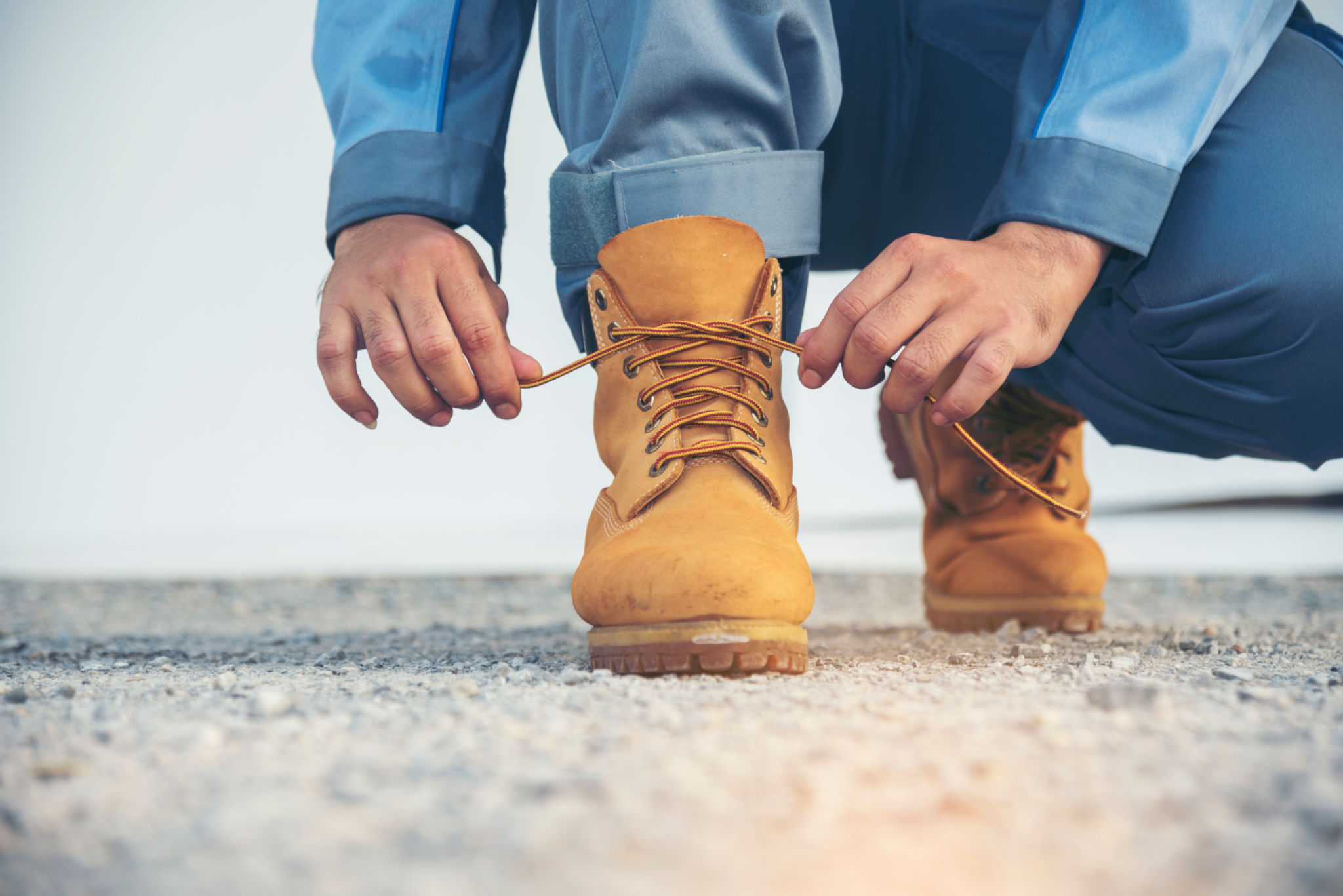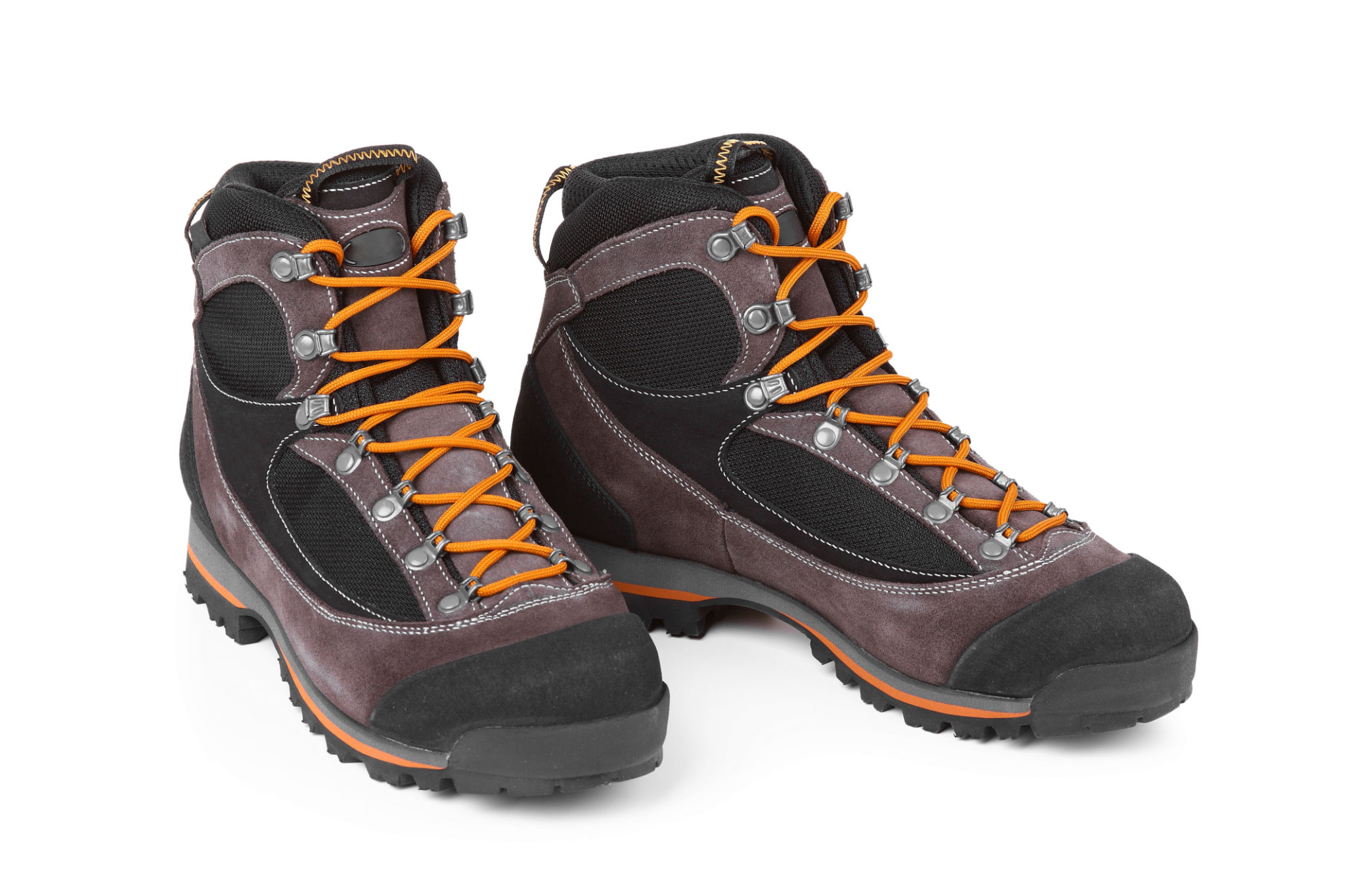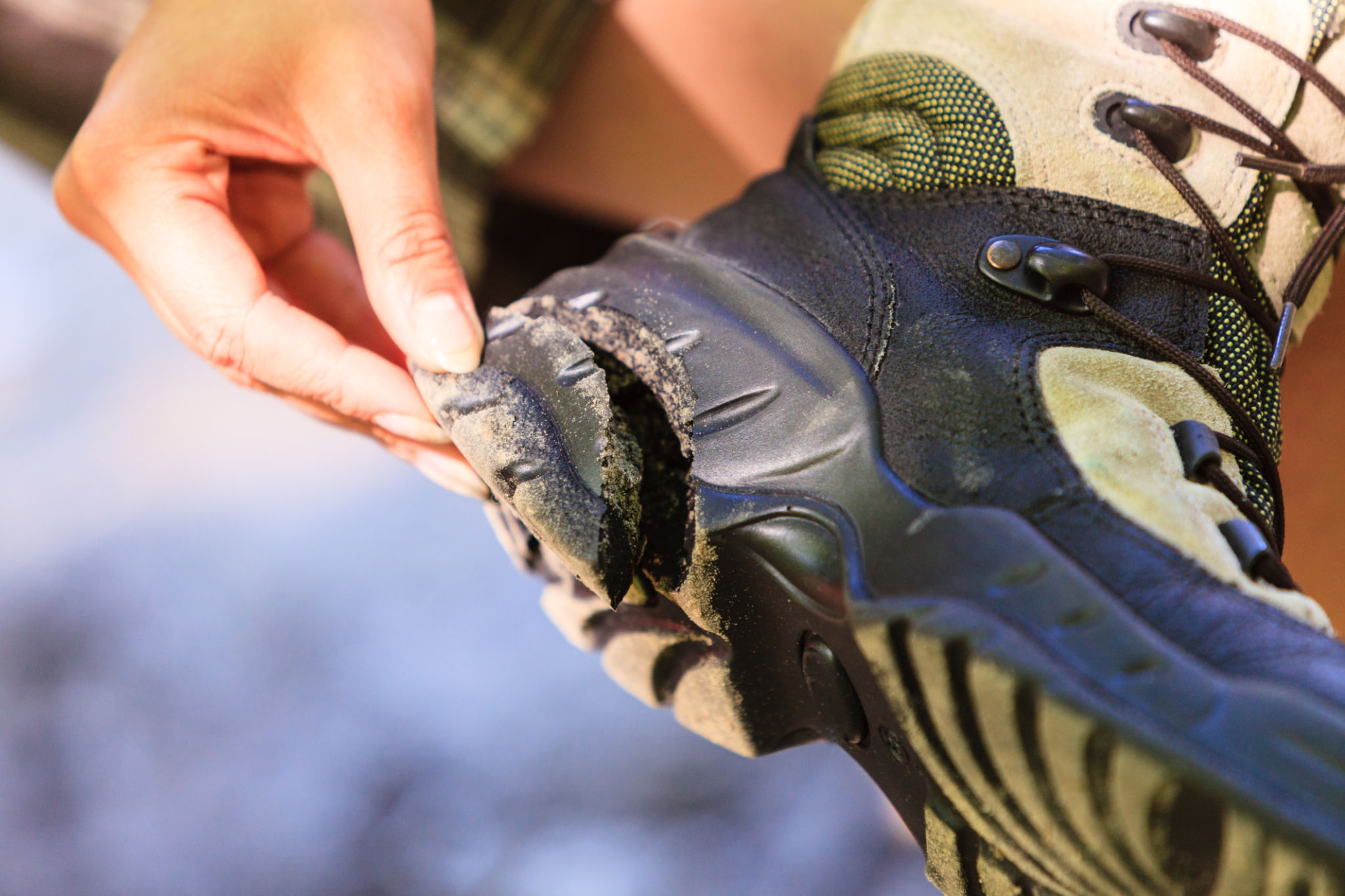Expert Tips for Selecting the Best Hiking Boots for Every Terrain
Understanding Your Terrain
When it comes to selecting the best hiking boots, the first thing to consider is the type of terrain you'll be exploring. Different terrains demand different features from your footwear. For instance, rugged mountain trails require boots with excellent ankle support and a durable sole, while a walk through a forested path might only need a lightweight boot with good traction. Understanding your terrain is crucial in making the right choice.
Consider the following terrains and their requirements:
- Rocky Terrain: Look for boots with a stiff sole and good ankle support to protect against sharp rocks and uneven ground.
- Muddy or Wet Terrain: Waterproof materials and deep lugs for traction are essential.
- Flat, Well-Maintained Trails: Lightweight hiking shoes or trail runners may suffice.

Material Matters
The material of your hiking boots can significantly affect comfort, durability, and protection. Common materials include leather, synthetic fabrics, and a combination of both. Leather boots are known for their durability and protection but can be heavier and require more break-in time. Synthetic materials, on the other hand, tend to be lighter and dry faster but may not last as long.
When choosing materials, consider the following:
- Full-Grain Leather: Offers excellent durability and abrasion resistance.
- Synthetic Fabrics: Generally lighter and more breathable.
- Nubuck Leather: A softer, more flexible type of leather that offers good durability.

The Importance of Fit
A proper fit is arguably the most important factor in selecting hiking boots. An ill-fitting boot can lead to blisters, discomfort, and even injury. It is essential to try on boots with the socks you intend to wear while hiking. Ensure there’s enough room to wiggle your toes, but your heel should not slip as you walk. Consider trying on boots at the end of the day when your feet are naturally swollen to ensure a comfortable fit.
Remember these key points when checking the fit:
- Toe Room: Ensure there’s space for your toes to move freely.
- Heel Fit: Your heel should stay in place without lifting as you walk.
- Overall Comfort: Walk around to test comfort, especially on inclines.

Ankle Support and Cushioning
Ankle support is crucial for preventing injuries on uneven terrains, and cushioning can make a significant difference in comfort over long distances. High-cut boots provide additional support for your ankles, while mid-cut boots offer moderate support and are often suitable for less rugged trails. Cushioning, particularly around the collar and tongue of the boot, can help reduce fatigue during extended hikes.
Consider your individual needs based on your hiking style and terrain to choose the right level of support and cushioning.

Weight and Flexibility
The weight of your hiking boots can impact your overall endurance on the trail. Heavier boots might offer more protection and durability, but they can also lead to quicker fatigue. Lighter boots allow for more agility and speed but may sacrifice some protection. Flexibility is also crucial; a boot that's too stiff can be uncomfortable on long hikes, whereas a flexible boot allows for natural foot movement.
Finding a balance between weight, flexibility, and protection will enhance your hiking experience.

Breaking Them In
No matter how comfortable a boot feels in the store, breaking them in is essential before embarking on a long hike. Wear your new boots around the house or on short walks to allow the materials to soften and conform to your foot shape. This process helps prevent blisters and ensures that you’re comfortable when it’s time for your hike.
The break-in period varies depending on the materials used, so be patient and take your time.

